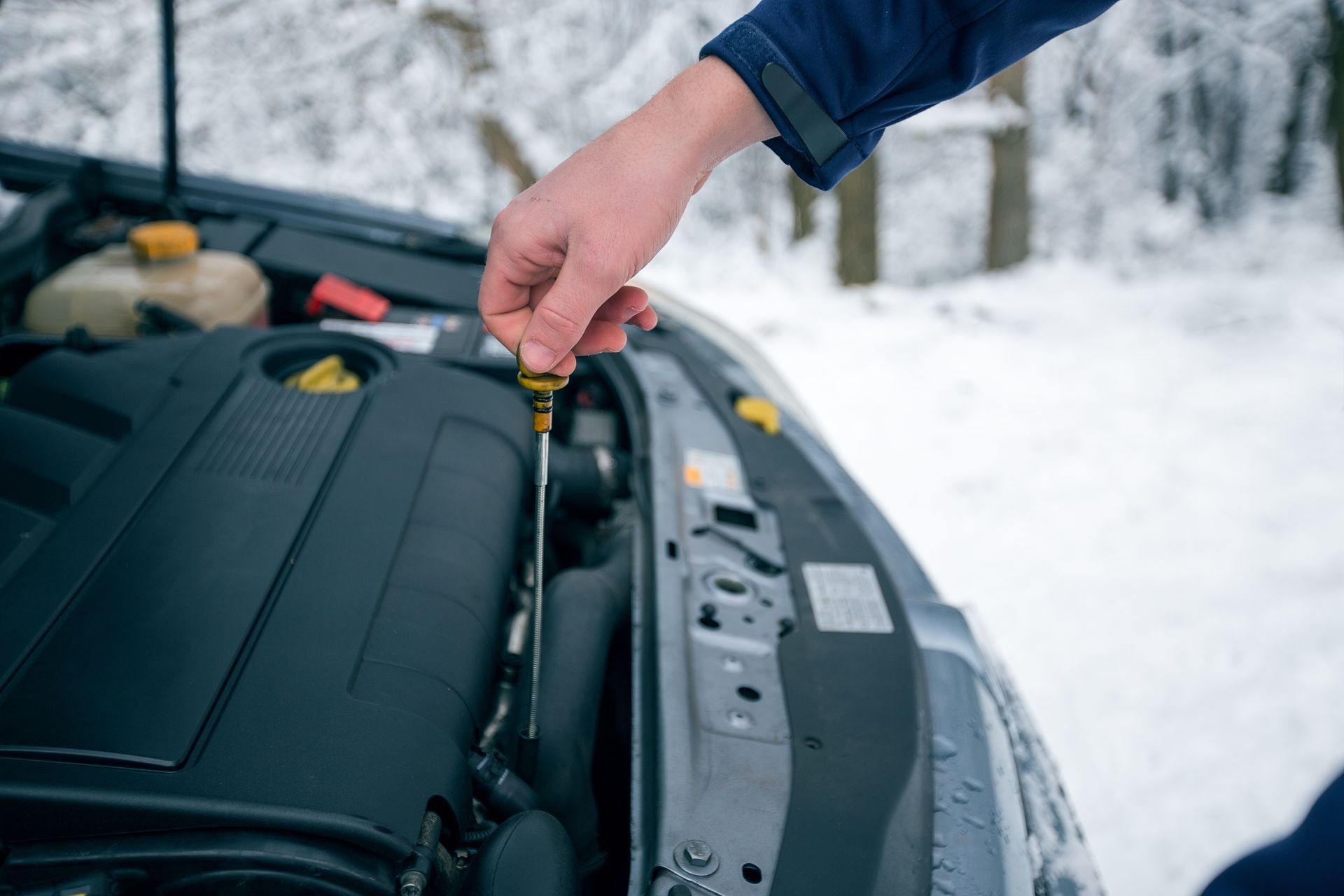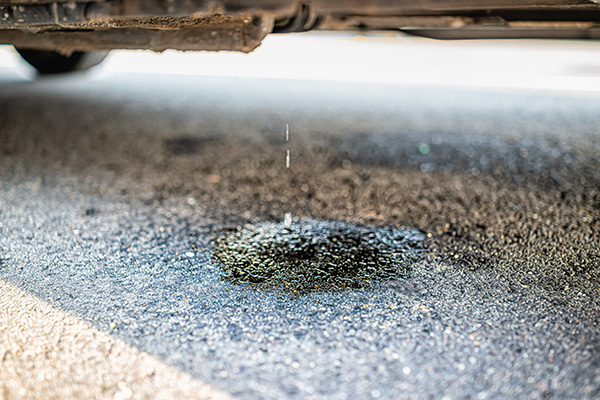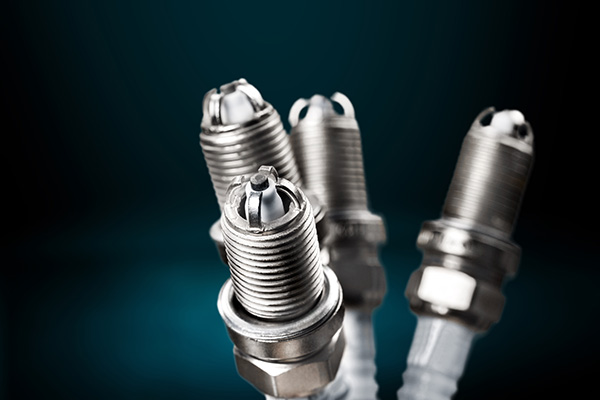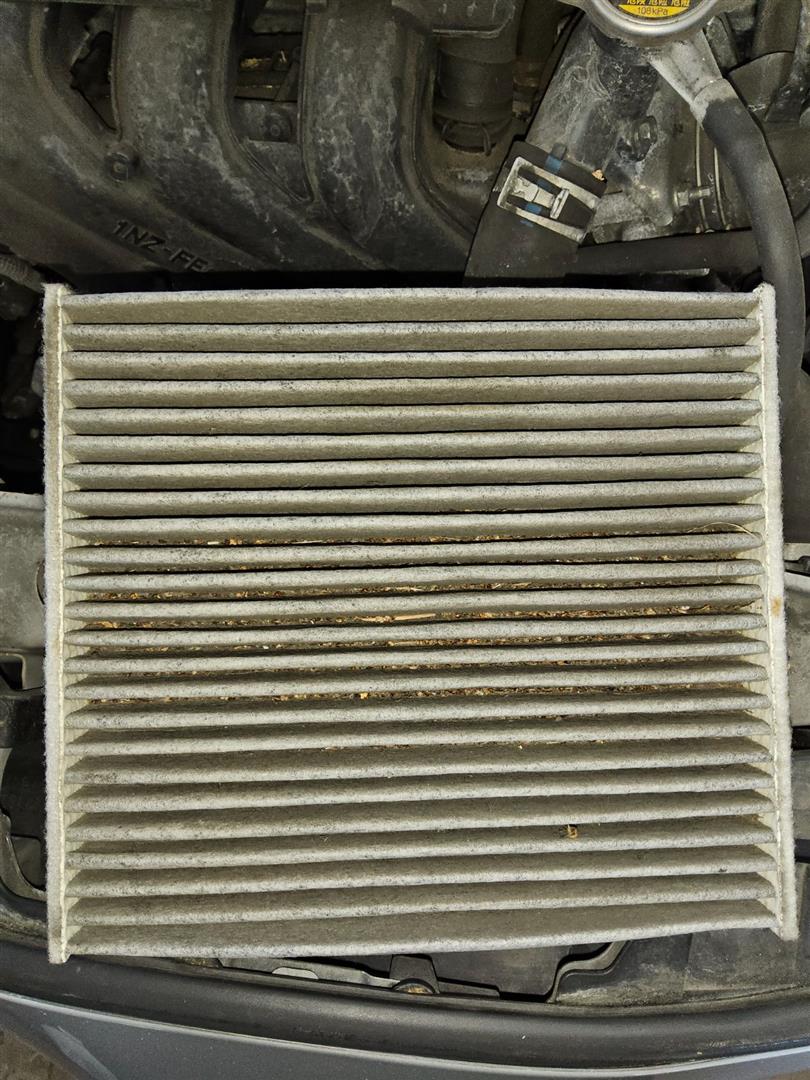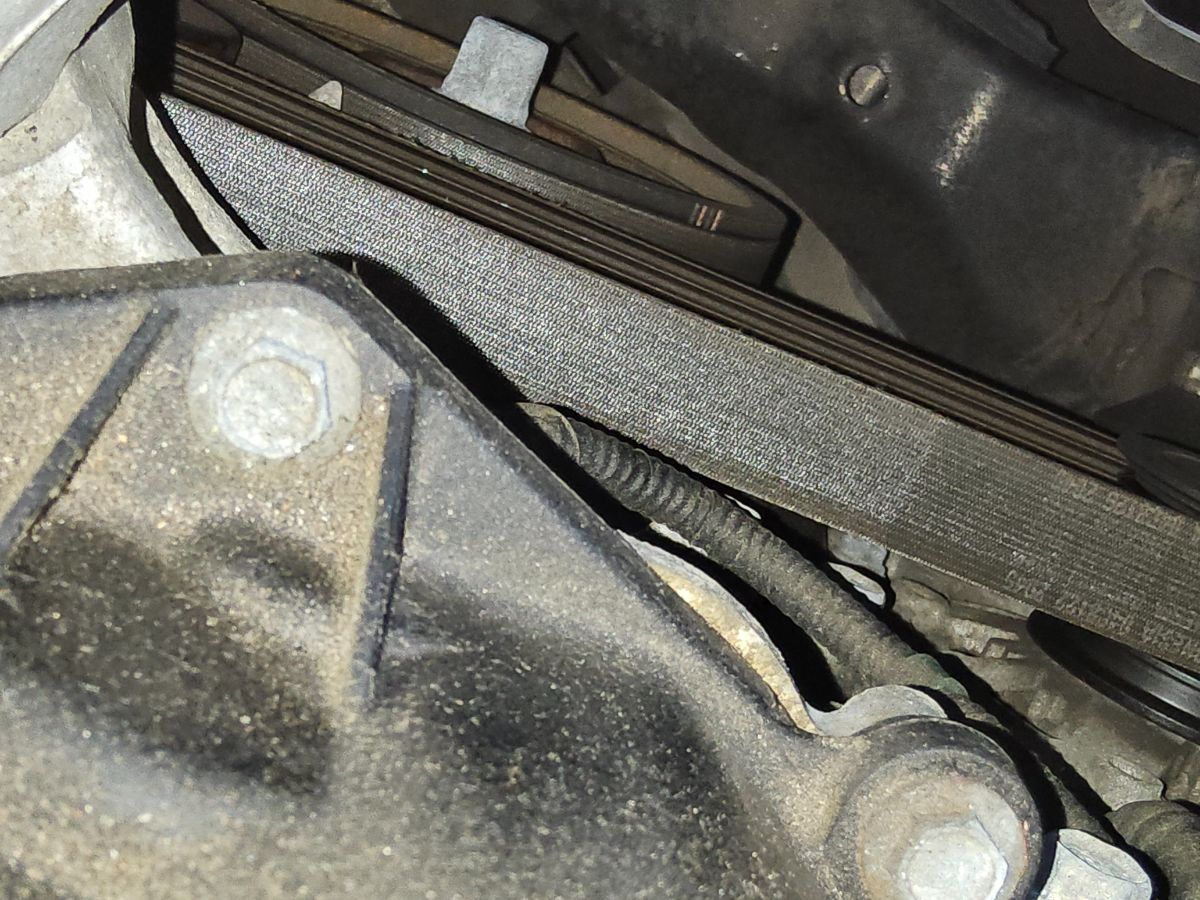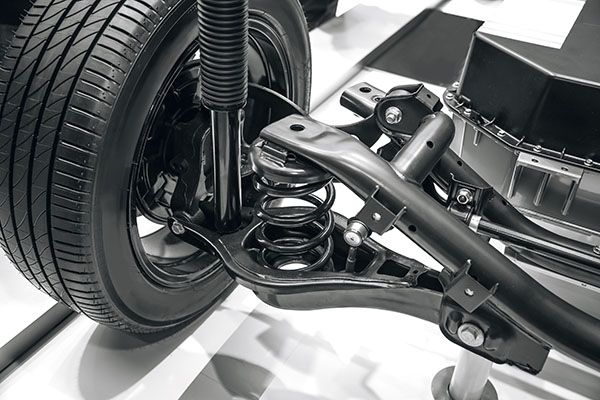
The suspension system of a vehicle plays a vital role in ensuring a smooth and controlled ride. Over the years, automotive engineers have developed various types of suspension systems to enhance comfort, handling, and overall performance. We will go into three distinct types of suspension systems: leaf springs, elliptical springs, and modern suspensions.
| Leaf Spring
Leaf springs are one of the earliest and simplest forms of suspension systems. They consist of multiple layers of flexible metal strips, or "leaves," stacked on top of each other. These springs are arranged longitudinally and mounted along the axles of the vehicle. Leaf springs offer excellent load-carrying capacity and durability, making them commonly used in trucks and heavy-duty vehicles. While they provide adequate support for heavy loads, leaf springs can be relatively stiff, resulting in a rougher ride quality compared to more advanced suspension systems.
| Elliptical Springs
Similar to leaf springs, elliptical springs are also an older design and have been utilized in various forms throughout automotive history. As the name suggests, elliptical springs consist of elliptically shaped leaves that are interconnected and mounted along the axle. This arrangement allows for a more flexible and controlled suspension movement. Elliptical springs offer a smoother ride compared to leaf springs, as they can better absorb shocks and vibrations. However, they are not as widely used in modern vehicles due to the advent of more advanced suspension technologies.
| Modern Suspension Systems
Modern suspension systems have undergone significant advancements, utilizing a combination of components to enhance ride comfort, handling, and safety. These systems often feature coil springs or torsion bars, which provide improved flexibility and ride quality. The springs are complemented by shock absorbers or dampers, which help control the oscillations and movements of the suspension, ensuring stability and preventing excessive bouncing. Many modern suspensions incorporate independent suspension setups, allowing each wheel to move independently, further enhancing ride comfort and handling performance.
Furthermore, modern suspensions often employ technologies such as air springs, adaptive dampers, and electronically controlled suspension systems. Air springs utilize compressed air to adjust ride height and provide varying levels of firmness or softness. Adaptive dampers continuously adjust the suspension's damping characteristics based on driving conditions and inputs, offering a customizable and dynamic driving experience. Electronically controlled suspension systems use sensors and computer algorithms to monitor and adjust the suspension in real-time, adapting to changing road conditions and driver preferences.
If you notice any suspension system issues or other signs of problems related to it, make sure to contact us at Dave's Automotive !





